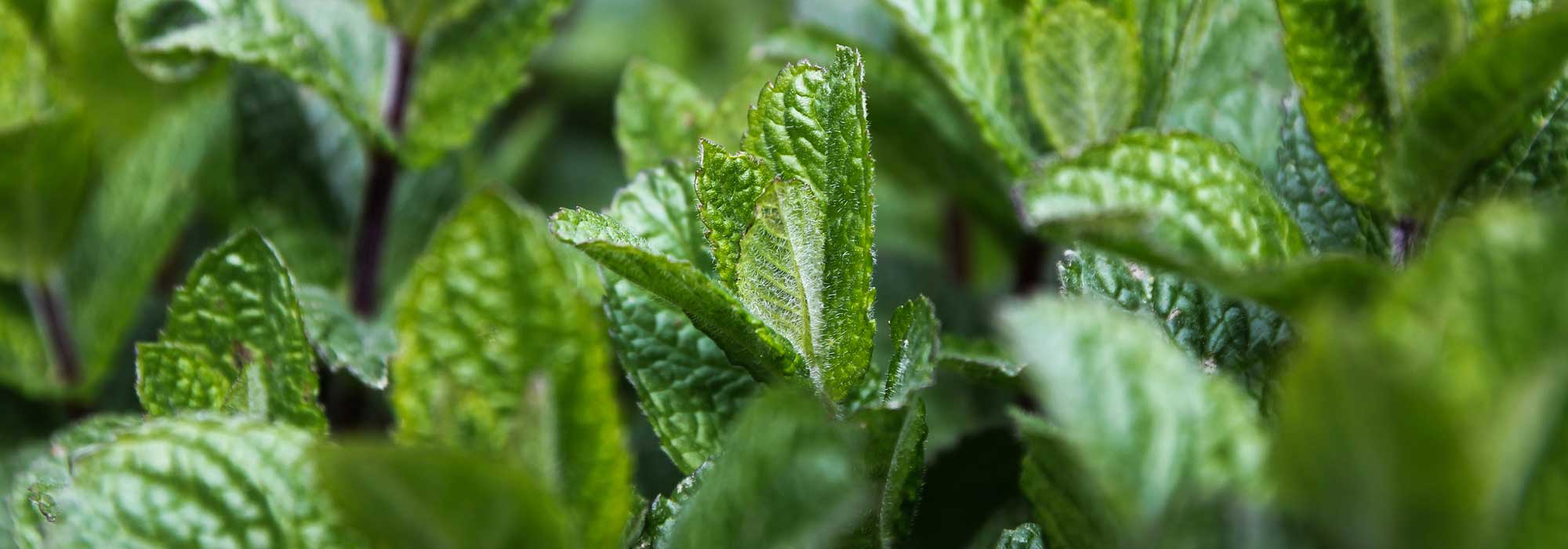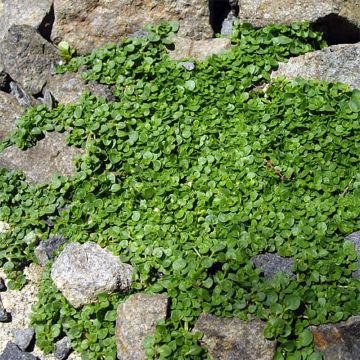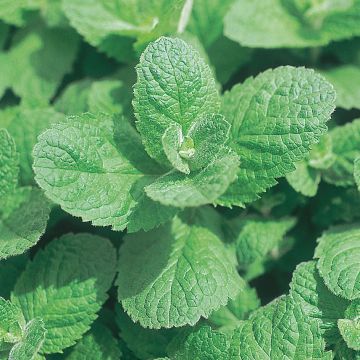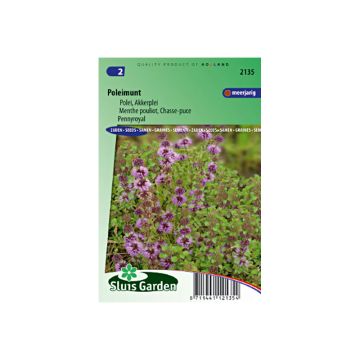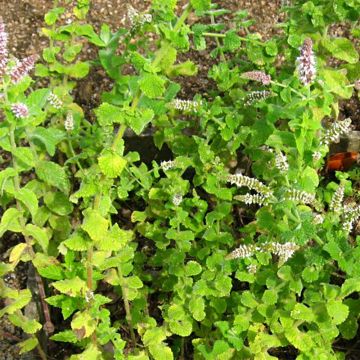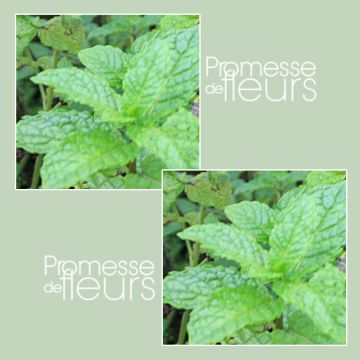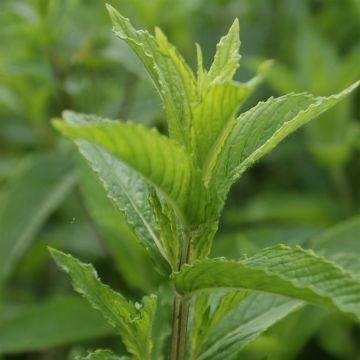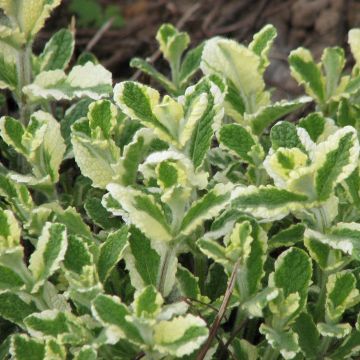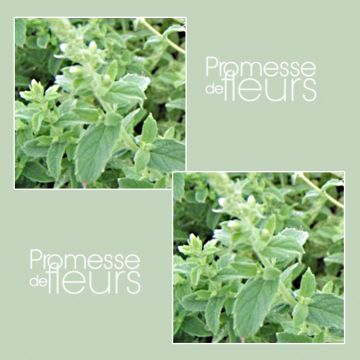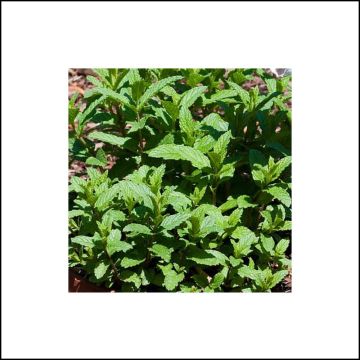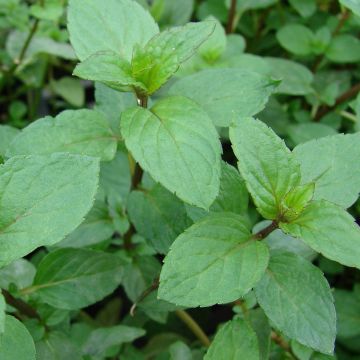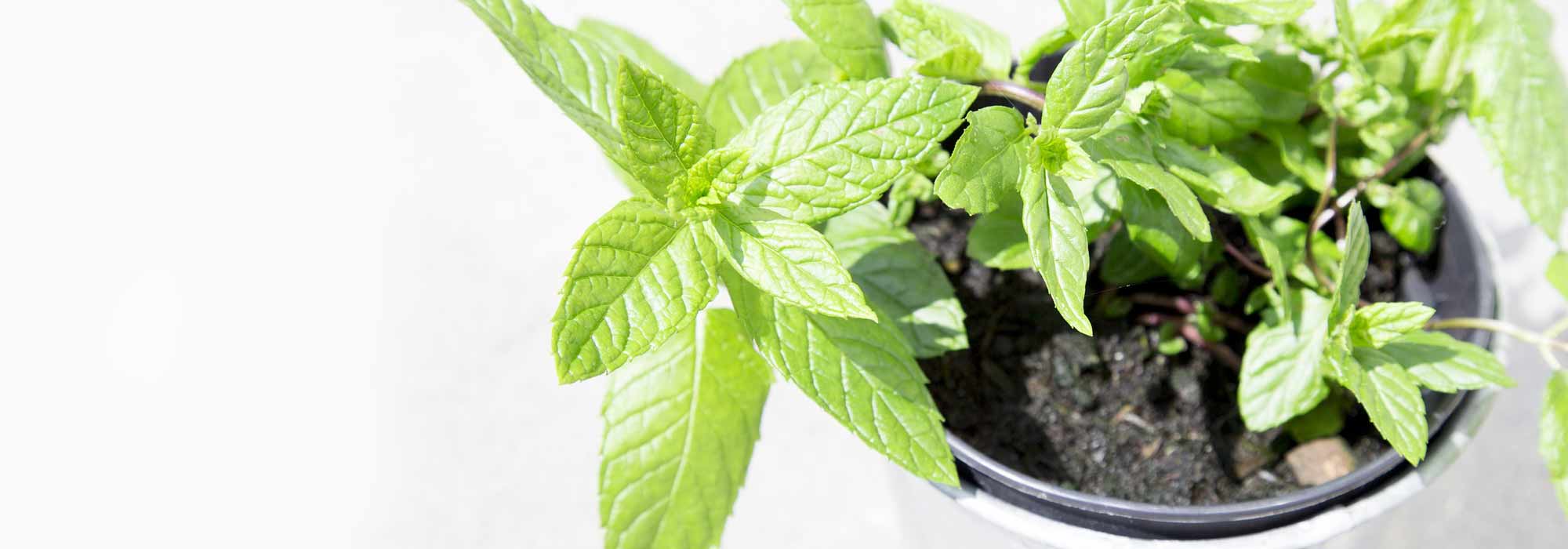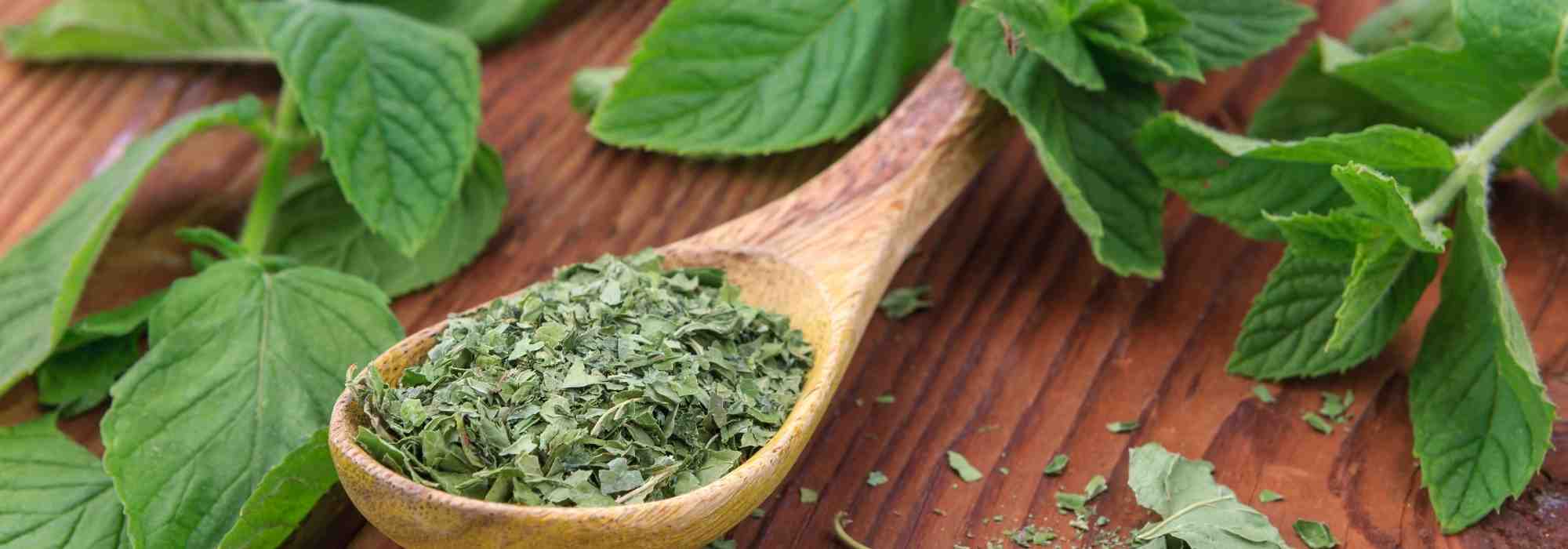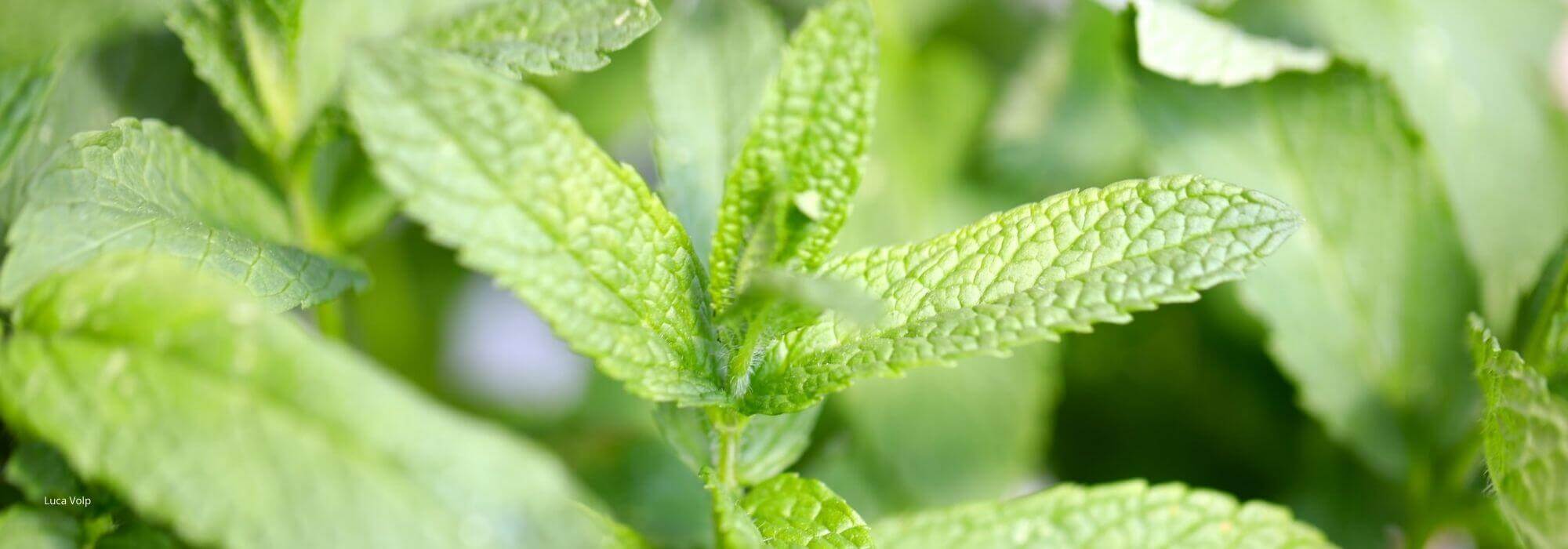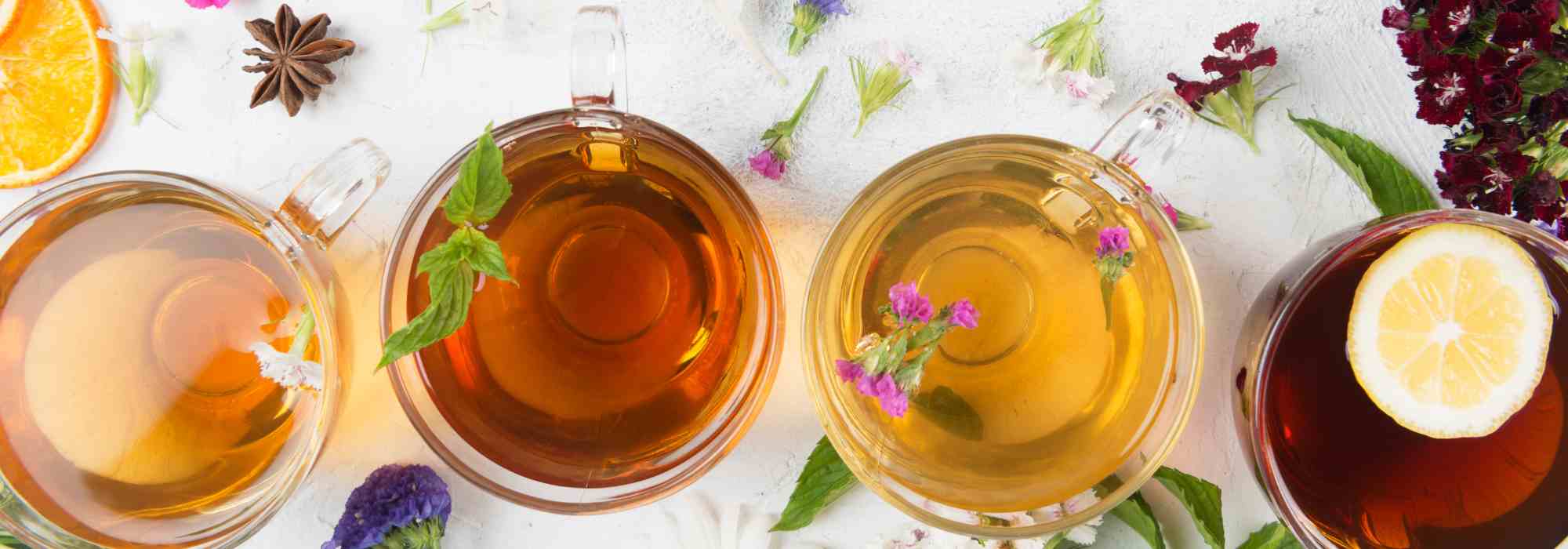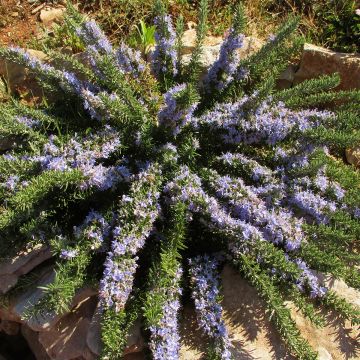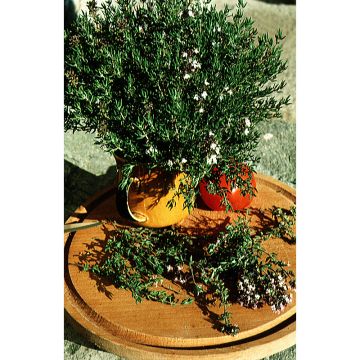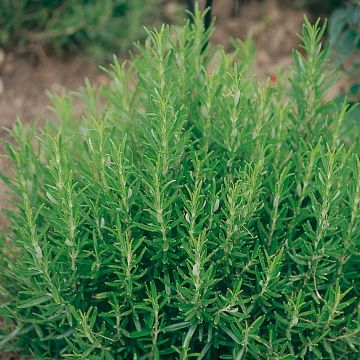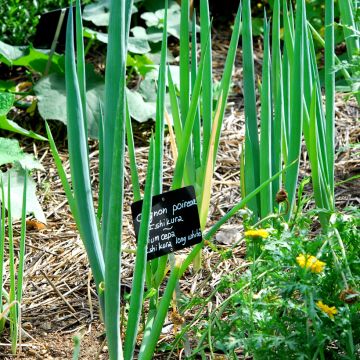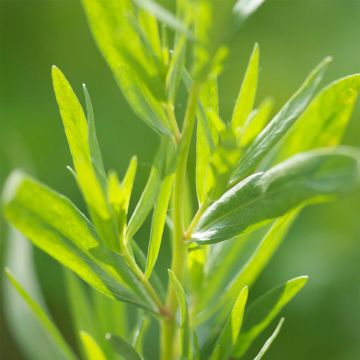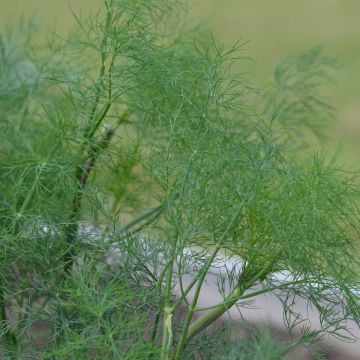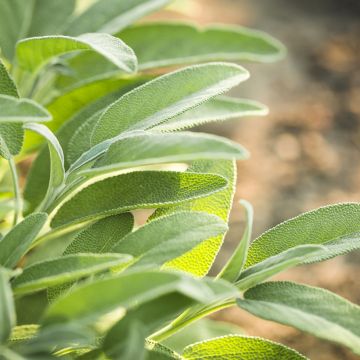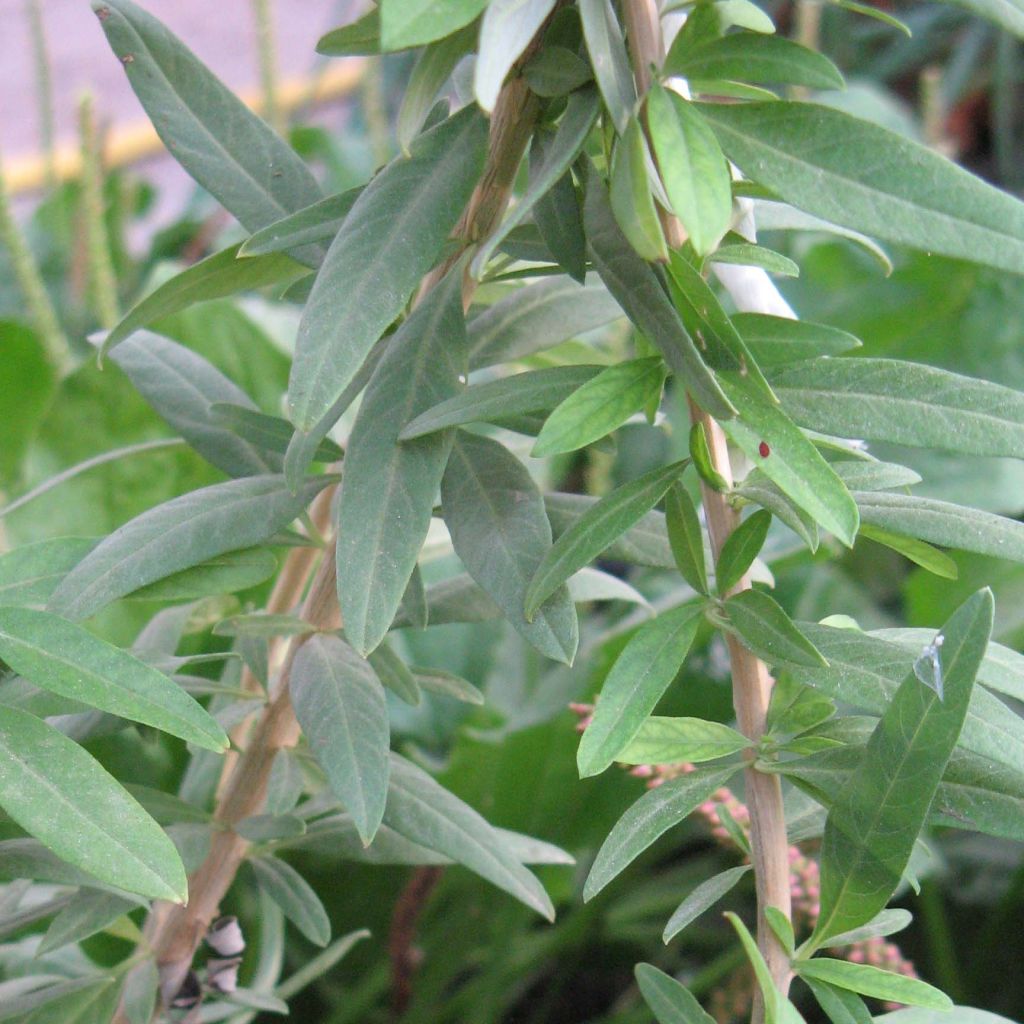

Argentinian Verbena - Aloysia polystachya
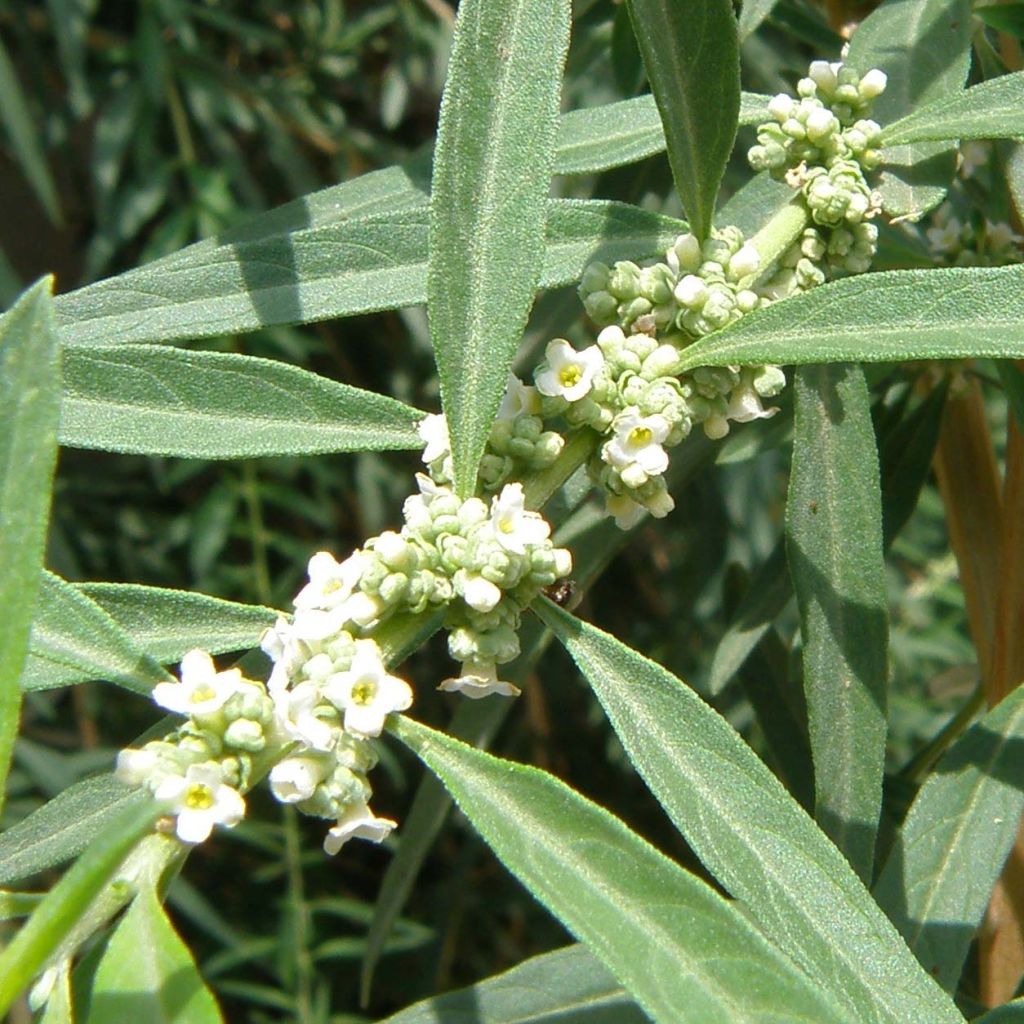

Argentinian Verbena - Aloysia polystachya
Argentinian Verbena - Aloysia polystachya
Aloysia polystachia
Lemon Verbena, Lemon Beebrush
livraison et plante en bon état , parfait
les jardins de bapeaume, 06/09/2023
Special offer!
Receive a €20 voucher for any order over €90 (excluding delivery costs, credit notes, and plastic-free options)!
1- Add your favorite plants to your cart.
2- Once you have reached €90, confirm your order (you can even choose the delivery date!).
3- As soon as your order is shipped, you will receive an email containing your voucher code, valid for 3 months (90 days).
Your voucher is unique and can only be used once, for any order with a minimum value of €20, excluding delivery costs.
Can be combined with other current offers, non-divisible and non-refundable.
Home or relay delivery (depending on size and destination)
Schedule delivery date,
and select date in basket
This plant carries a 6 months recovery warranty
More information
We guarantee the quality of our plants for a full growing cycle, and will replace at our expense any plant that fails to recover under normal climatic and planting conditions.

Description
The Argentine Mint or Argentine Verbena is a Verbena whose leaves give off a mint scent with citrus notes, very pleasant in infusions, in liqueurs or to flavor desserts. Not very hardy, this aromatic plant is grown in open ground or in a pot depending on the climate. Planting in May - June and harvesting leaves from May to October.
The Argentine Verbena belongs to the Verbenaceae family and is native, as its name indicates, to Argentina. It is a woody plant that can reach a height of 1m (3ft) to 1.50m (5ft). Its long and lanceolate leaves are highly scented, giving off a mint scent with citrus notes. In summer, small white flowers in spikes appear.
The leaves of the Argentine Verbena are used in infusions, in liqueurs and flavor desserts (fruit salads, ice creams) or certain fish.
In the vegetable garden, the Argentine Verbena will thrive, like Lemon Verbena, in a light, rich and well-drained soil. It prefers sunny exposures. Hardy up to -7°C (19.4°F), it is grown in open ground or in a pot depending on the climate. It will be necessary to protect it or bring it indoors during the winter period.
Harvesting: The leaves are harvested from May to October by cutting the stems. Harvest regularly to promote new shoots. The leaves are most fragrant in the summer.
Storage: The leaves can be used fresh or dried. For drying, hang bunches of stems, upside down, in a dry and airy place. Then store them in airtight jars.
The gardener's tip: To keep fresh in summer and protect from the cold in winter, we recommend mulching the soil with thin successive layers of clippings, ideally mixed with dead leaves. This protection, which keeps the soil moist, also limits weeding.
Argentinian Verbena - Aloysia polystachya in pictures
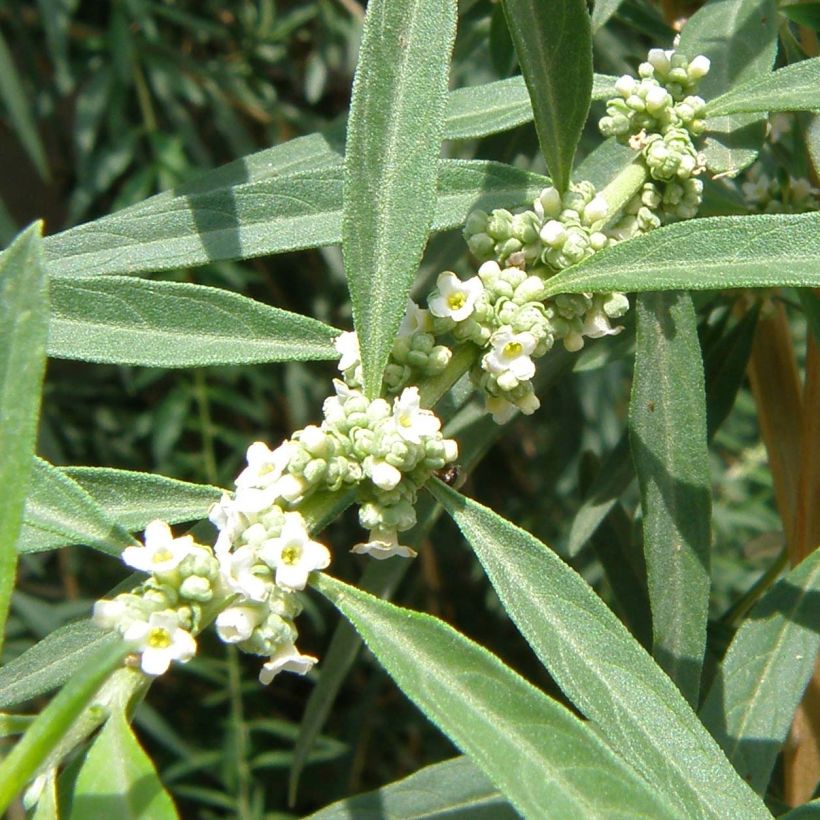

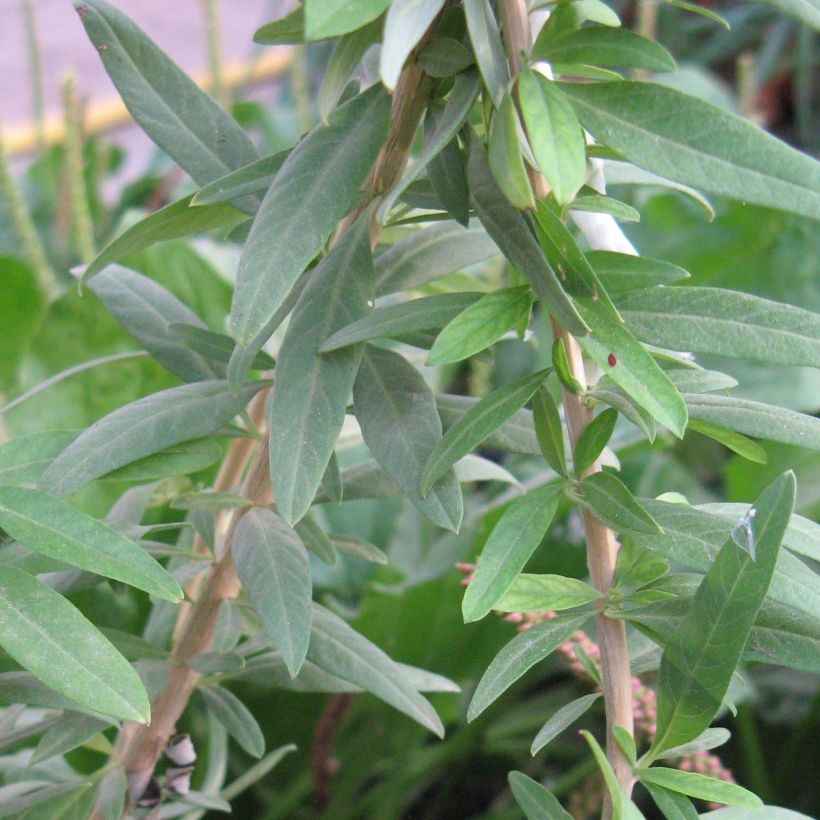

Harvest
Plant habit
Foliage
Other Mint
View all →Planting and care
Planting is done in May-June, either in open ground or in a pot. It is a hardy plant, tolerant to temperatures down to -7°C (19.4°F).
It is recommended to soak the root ball in water just before planting.
In open ground: Plant the Argentine Verbena in a sunny location, in a rich, well-drained and moist soil. Add well-rotted compost in the preceding autumn. If your soil is very wet, put some gravel at the bottom of the planting hole. Dig a hole (3 times the volume of the root ball), place the root ball and cover with fine soil. Firmly press and water.
Add compost on the surface every spring. To protect it from the cold, prune in late autumn, apply a thick mulch and cover with winter fleece.
In a pot: Place a layer of gravel or clay pellets at the bottom of the pot to facilitate drainage. Fill the pot with a mixture of potting soil, sand and garden soil. Place the root ball and cover with soil. Firmly press and water. Place your pot in the sun and bring it indoors in winter, in a bright location.
In late winter, cut back the clump to promote the development of new shoots in spring.
During cultivation, water regularly and trim any excessively long stems if necessary.
Cultivation
Care
Intended location
Planting & care advice
-
, onOrder confirmed
Reply from on Promesse de fleurs
Similar products
Haven't found what you were looking for?
Hardiness is the lowest winter temperature a plant can endure without suffering serious damage or even dying. However, hardiness is affected by location (a sheltered area, such as a patio), protection (winter cover) and soil type (hardiness is improved by well-drained soil).

Photo Sharing Terms & Conditions
In order to encourage gardeners to interact and share their experiences, Promesse de fleurs offers various media enabling content to be uploaded onto its Site - in particular via the ‘Photo sharing’ module.
The User agrees to refrain from:
- Posting any content that is illegal, prejudicial, insulting, racist, inciteful to hatred, revisionist, contrary to public decency, that infringes on privacy or on the privacy rights of third parties, in particular the publicity rights of persons and goods, intellectual property rights, or the right to privacy.
- Submitting content on behalf of a third party;
- Impersonate the identity of a third party and/or publish any personal information about a third party;
In general, the User undertakes to refrain from any unethical behaviour.
All Content (in particular text, comments, files, images, photos, videos, creative works, etc.), which may be subject to property or intellectual property rights, image or other private rights, shall remain the property of the User, subject to the limited rights granted by the terms of the licence granted by Promesse de fleurs as stated below. Users are at liberty to publish or not to publish such Content on the Site, notably via the ‘Photo Sharing’ facility, and accept that this Content shall be made public and freely accessible, notably on the Internet.
Users further acknowledge, undertake to have ,and guarantee that they hold all necessary rights and permissions to publish such material on the Site, in particular with regard to the legislation in force pertaining to any privacy, property, intellectual property, image, or contractual rights, or rights of any other nature. By publishing such Content on the Site, Users acknowledge accepting full liability as publishers of the Content within the meaning of the law, and grant Promesse de fleurs, free of charge, an inclusive, worldwide licence for the said Content for the entire duration of its publication, including all reproduction, representation, up/downloading, displaying, performing, transmission, and storage rights.
Users also grant permission for their name to be linked to the Content and accept that this link may not always be made available.
By engaging in posting material, Users consent to their Content becoming automatically accessible on the Internet, in particular on other sites and/or blogs and/or web pages of the Promesse de fleurs site, including in particular social pages and the Promesse de fleurs catalogue.
Users may secure the removal of entrusted content free of charge by issuing a simple request via our contact form.
The flowering period indicated on our website applies to countries and regions located in USDA zone 8 (France, the United Kingdom, Ireland, the Netherlands, etc.)
It will vary according to where you live:
- In zones 9 to 10 (Italy, Spain, Greece, etc.), flowering will occur about 2 to 4 weeks earlier.
- In zones 6 to 7 (Germany, Poland, Slovenia, and lower mountainous regions), flowering will be delayed by 2 to 3 weeks.
- In zone 5 (Central Europe, Scandinavia), blooming will be delayed by 3 to 5 weeks.
In temperate climates, pruning of spring-flowering shrubs (forsythia, spireas, etc.) should be done just after flowering.
Pruning of summer-flowering shrubs (Indian Lilac, Perovskia, etc.) can be done in winter or spring.
In cold regions as well as with frost-sensitive plants, avoid pruning too early when severe frosts may still occur.
The planting period indicated on our website applies to countries and regions located in USDA zone 8 (France, United Kingdom, Ireland, Netherlands).
It will vary according to where you live:
- In Mediterranean zones (Marseille, Madrid, Milan, etc.), autumn and winter are the best planting periods.
- In continental zones (Strasbourg, Munich, Vienna, etc.), delay planting by 2 to 3 weeks in spring and bring it forward by 2 to 4 weeks in autumn.
- In mountainous regions (the Alps, Pyrenees, Carpathians, etc.), it is best to plant in late spring (May-June) or late summer (August-September).
The harvesting period indicated on our website applies to countries and regions in USDA zone 8 (France, England, Ireland, the Netherlands).
In colder areas (Scandinavia, Poland, Austria...) fruit and vegetable harvests are likely to be delayed by 3-4 weeks.
In warmer areas (Italy, Spain, Greece, etc.), harvesting will probably take place earlier, depending on weather conditions.
The sowing periods indicated on our website apply to countries and regions within USDA Zone 8 (France, UK, Ireland, Netherlands).
In colder areas (Scandinavia, Poland, Austria...), delay any outdoor sowing by 3-4 weeks, or sow under glass.
In warmer climes (Italy, Spain, Greece, etc.), bring outdoor sowing forward by a few weeks.






























